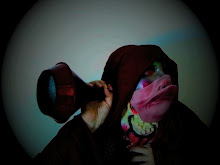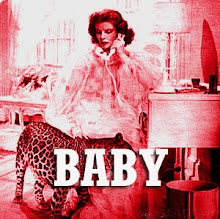http://ubu.artmob.ca/sound/artsounds/Artsounds_03_beckley.mp3
Risk and sentimentality, two apparently contradictory aspects, may turn out to be the complementary notions that best define the qualifies of Come Buckley's work. "Everything I do has some element of risk," Beckley says, and the more obvious examples bear her out - for instance, her single-handed construction of a suspension bridge between two 24-toot-high towers at 1985's Paris Biennale. Another one of her works (for which the term "performance art" seems too tepid a description) involved the use of six different versions of "Ebbtide" as accompaniment to Ax fictional love letters. Beckley says that she used the "Ebbtide" records not ironically but "because I love them.""People have told me that my pieces shouldn't work because I do them so straight," she says. Acknowledging that the style of the IN is to do things tongue-in-cheek, she adds, 'I gut I'm patient with having to not take the risk of doing it straight. I don't like any art that doesn't make you put your feelings on the line. I'm devastated when doesn't work, but I'd rather have it that way"
Beckley's pieces have included "Tip Toe," in which she shared a pair of high heeled shoes with a couple of stereo speakers; "Showdown," "which probably came from having nightmares about being strangled by extension cords," and others which revolve in same way around ha relationship to musical sound. Her work on this record is a tendering of part of a scientific text of Isaac Newton, accompanied by her drawing of Newton along with part of the text.
"I was extremely happy about the fact that Newton was an alchemist, which meant that he had another life than what the scientific world would like us to believe, and that life allowed him to become a great scientist. His excitement, the way he wrote about things, appealed to music" -an attitude which Connie contrasts to her feelings about most current writing on art. And she points out that Newton committed more alchemical writings to paper than he did purely scientific texts.













No comments:
Post a Comment